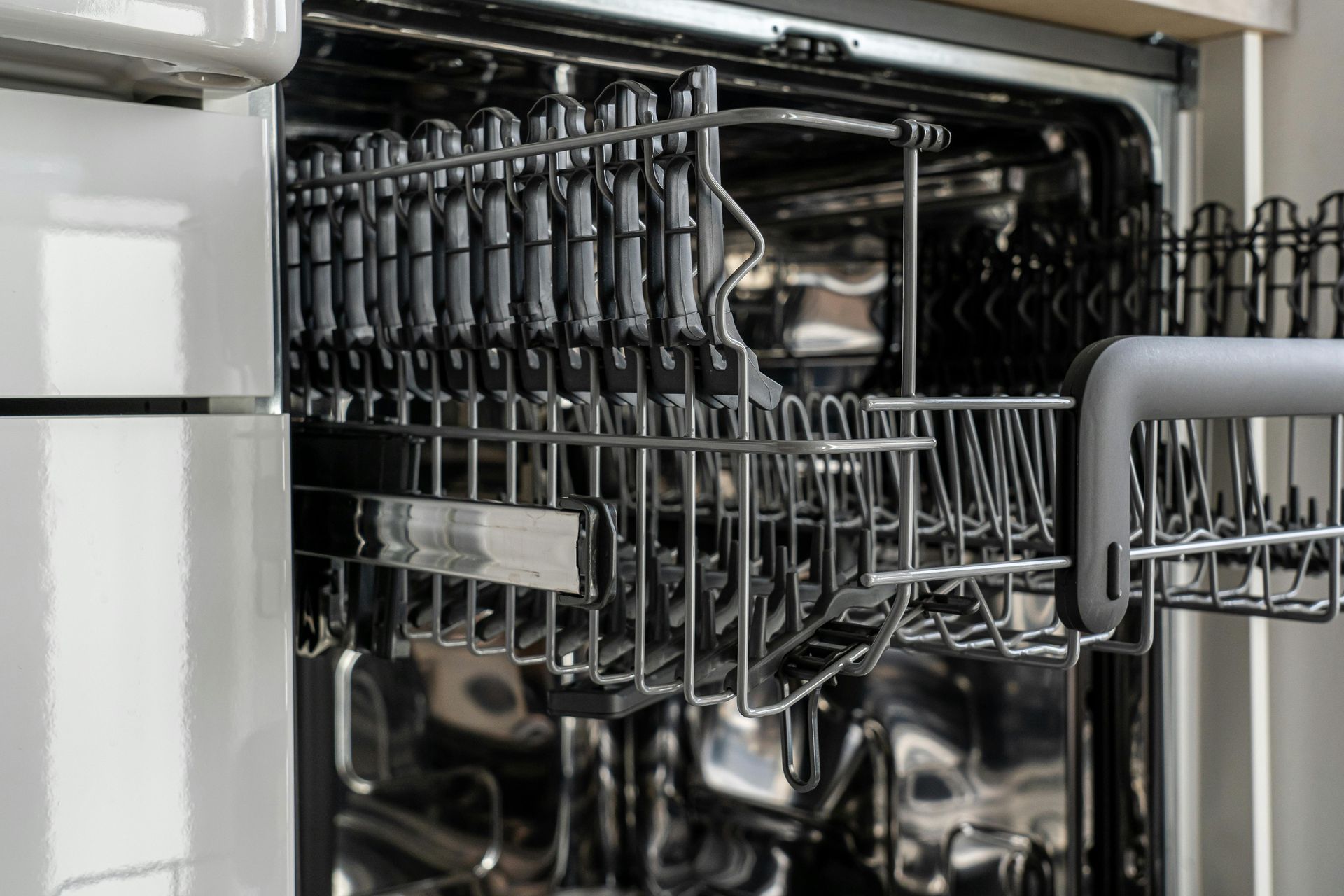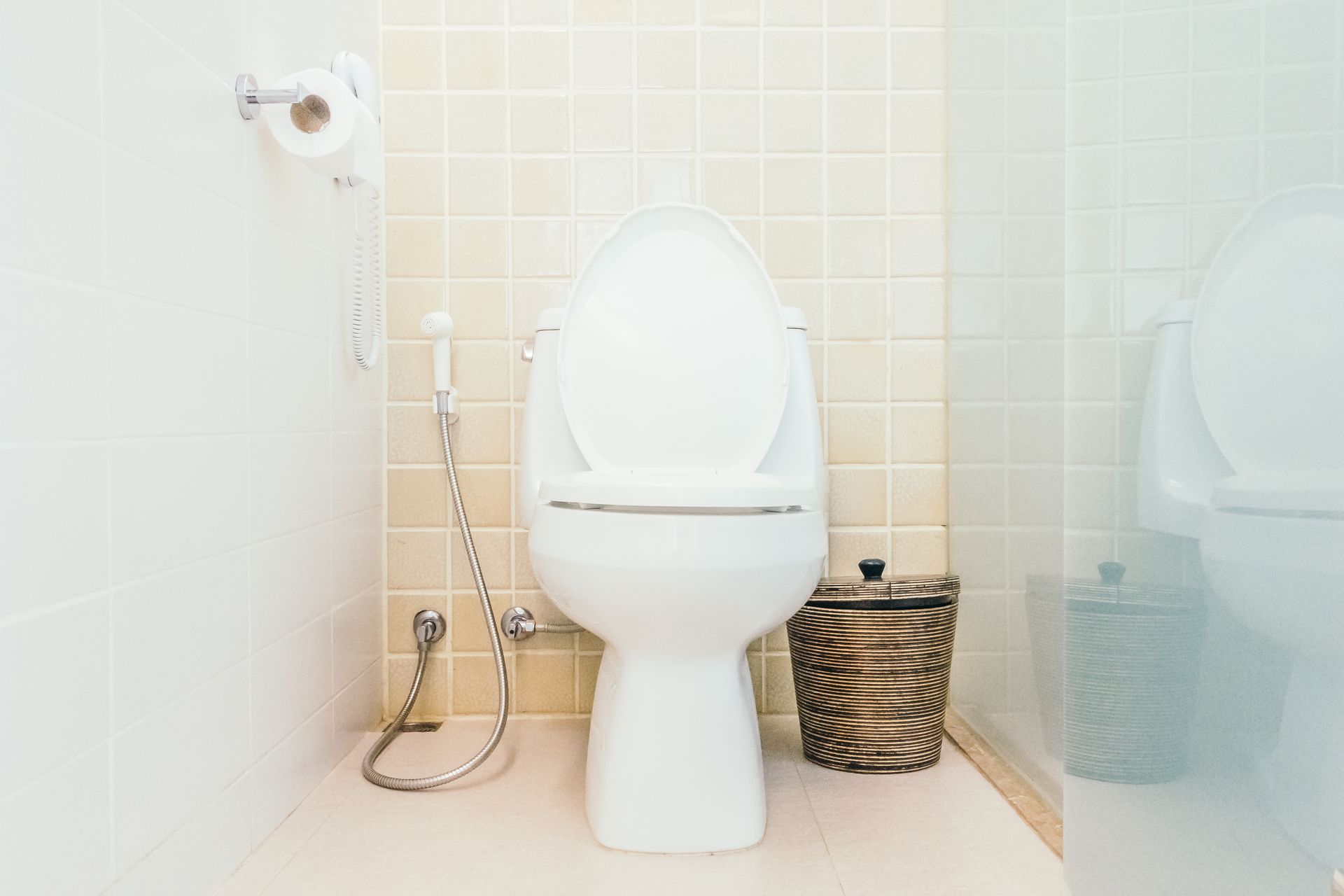How to Fix a Running Toilet Without Replacing It?
A running toilet is a common household nuisance that can waste significant amounts of water and increase your utility bills. Fortunately, most running toilet issues can be resolved without replacing the entire unit. By understanding the internal mechanics and following a systematic approach, you can restore your toilet’s efficiency, prevent water waste, and avoid unnecessary expenses. This comprehensive guide will walk you through the key steps to fix a running toilet, while also highlighting related plumbing considerations such as choosing the right size water heater, sump pump replacement, and the benefits of expansion tanks for your home’s overall plumbing health.
Diagnosing the Cause of a Running Toilet
The first step in fixing a running toilet is to accurately diagnose the underlying cause. Most running toilets are the result of problems with the flapper, fill valve, float, or chain inside the tank. Begin by removing the tank lid and observing the components as the toilet runs and refills. Listen for continuous water flow and look for water movement in the bowl or overflow tube.
One of the most common culprits is the flapper—a rubber valve that seals the flush valve opening. If the flapper is warped, cracked, or doesn’t seat properly, water will leak from the tank into the bowl, causing the toilet to run continuously. Another frequent issue is a misadjusted or tangled chain, which can prevent the flapper from sealing completely. The fill valve and float assembly also play critical roles in maintaining the correct water level. If the float is set too high, water will constantly overflow into the tube, keeping the fill valve open and the toilet running.
Step-by-Step Solutions to Stop a Running Toilet
Start by turning off the water supply valve located behind or below the toilet. Flush the toilet to empty the tank and allow you to work safely on the internal components.
Inspect the flapper for visible signs of wear or damage. If you notice cracks, warping, or mineral buildup, the flapper may need to be cleaned or repositioned. In many cases, simply cleaning the flapper and the flush valve seat with a soft cloth will improve the seal. If the flapper is in good condition but not sealing, check the chain length. The chain should have just enough slack to allow the flapper to close fully but not so much that it gets caught underneath or tangled.
Next, examine the float mechanism. For older toilets with a float ball, gently bend the float arm downward to lower the water level. For newer models with a float cup, use the adjustment clip or screw to set the water level about half an inch below the top of the overflow tube. This adjustment prevents excess water from draining into the bowl and keeps the fill valve from running unnecessarily.
If the fill valve is leaking or not shutting off, you may need to clean or adjust it. Sometimes, debris can clog the valve, causing it to malfunction. If cleaning doesn’t resolve the issue, replacing the fill valve is a straightforward process that does not require replacing the entire toilet.
Preventive Maintenance and Longevity
Regular inspection and maintenance of your toilet’s internal components can prevent running issues from recurring. Avoid using harsh chemical cleaners inside the tank, as they can degrade plastic and rubber parts, shortening their lifespan. Periodically check and clean the flapper, fill valve, and overflow tube to ensure optimal performance.
In the broader context of home plumbing, preventive maintenance extends beyond the toilet. For example, choosing the right size water heater ensures your household has sufficient hot water without overburdening your plumbing system or wasting energy. Similarly, timely sump pump replacement is crucial for protecting your basement from flooding and water damage, especially if your current pump is showing signs of age or malfunction. Installing expansion tanks on your water heater can also help regulate pressure, prevent leaks, and extend the life of your plumbing fixtures.
When to Call a Professional
While most running toilet issues can be resolved with basic tools and a little patience, persistent problems may indicate more serious issues such as a cracked flush valve, deteriorated tank components, or underlying plumbing concerns. If your efforts do not resolve the running, or if you notice water pooling around the base of the toilet, it’s wise to consult a licensed plumber. Professional intervention can prevent water damage and ensure your plumbing system remains in top condition.
Conclusion
Fixing a running toilet without replacing it is both cost-effective and environmentally responsible. By methodically inspecting and adjusting the flapper, chain, float, and fill valve, you can resolve most issues and restore your toilet’s functionality. Regular maintenance and attention to related plumbing systems—such as choosing the right size water heater, scheduling sump pump replacement, and installing expansion tanks—will further enhance your home’s plumbing efficiency and longevity. With these strategies, you can keep your bathroom running smoothly and avoid unnecessary water waste or costly repairs.











